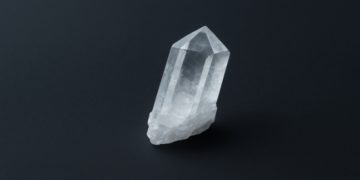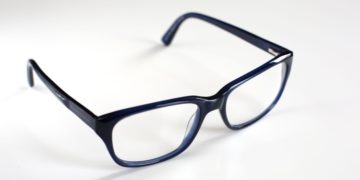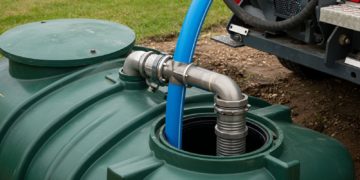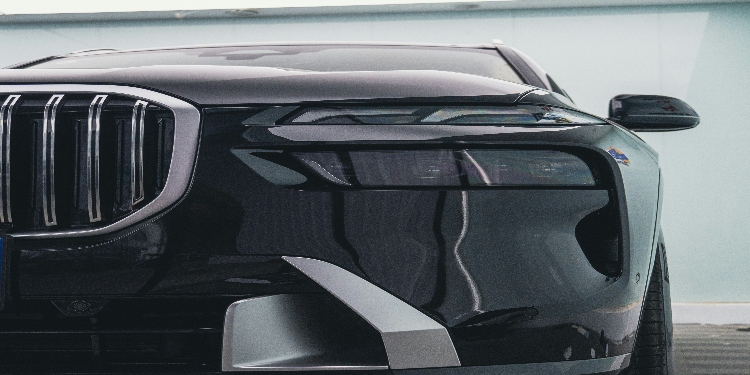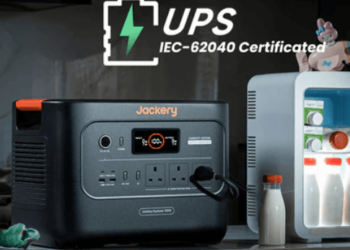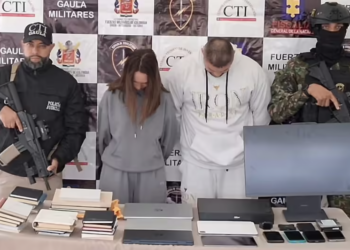Deciding between vehicle wraps and traditional paint can be a daunting task for car owners and business vehicles alike. Each option has its own pros and cons. These vary by cost, durability, and look.
Vehicle wraps are becoming popular, especially for businesses that want to advertise while driving. This raises a question: how do they compare to traditional paint jobs?
Exploring the differences between vehicle wraps vs paint can help you make an informed decision that best meets your specific needs.
The Benefits of Vehicle Wraps
Vehicle wraps provide a significant advantage for those looking to customize their cars without the commitment of paint. One major benefit is the variety of designs and colors available.
With vehicle wraps, you can achieve intricate graphics and vibrant colors that are difficult to replicate with paint alone. In fact, there are virtually limitless options.
Durability is another strong point for vehicle wraps. With proper care, they can last between five to seven years before showing signs of wear.
Additionally, wraps offer a degree of protection for your vehicle’s original paint, helping to preserve resale value. If you ever want to change the look of your vehicle, removing a wrap is generally easier and less damaging than repainting.
Cost-Effective Customization
While some may perceive vehicle wraps as more expensive initially, they often prove to be a cost-effective solution. A good paint job costs between $2,500 and $5,000. The price depends on quality and type.
A full vehicle wrap is cheaper, ranging from $1,500 to $3,000. For businesses, investing in high-quality Cyber Truck Wraps can transform the vehicle into a moving advertisement, making every mile an opportunity for branding.
The Advantages of Traditional Paint
On the other hand, traditional paint jobs have their own merits. Paint offers a permanent solution that can be customized just as extensively as wraps. Choosing good automotive paint gives you a glossy, professional finish.
It’s a look that cheap wraps just can’t match. Moreover, a well-executed paint job can enhance a vehicle’s beauty and provide a sense of sophistication that some may feel wraps lack.
It’s easier to fix dents and scratches on painted vehicles. You can touch up a small spot with matching paint. This is simpler than replacing or removing a wrap.
Additionally, high-quality automotive paint is more resistant to extreme weather conditions over time, making it a reliable choice for those living in harsh climates.
Longevity and Maintenance
When considering longevity, paint typically wins the battle. A high-quality paint job can last up to ten years or more with proper care, while wraps may require replacement more frequently.
However, maintaining paint also requires regular washing and waxing to protect it from UV rays and harsh chemicals. Depending on your level of care, this could significantly influence costs over time.
Protection and Impact Resistance
When assessing the protective qualities, vehicle wraps can be beneficial for shielding your car’s original paint from UV rays and environmental wear. This is particularly important for those who park outdoors frequently or live in areas with harsh weather.
However, while wraps provide substantial protection, they may not completely defend against physical damage. Stone chips, dents, and abrasive wear can still affect the vinyl wrap.
In contrast, paint offers a hard protective layer. While it can chip and scratch like wraps, paint can help absorb impacts better in everyday driving scenarios. If your primary concern is protection from severe wear and tear, considering a high-quality paint job may be the better option.
Resale Value Considerations
When it comes to resale value, vehicle wraps have the potential to be more advantageous. A vehicle with a wrap can hold more value than one that is painted. This is especially true if the wrap is in good shape.
The wrap protects the paint underneath. Wrap advertising can help businesses gain visibility and boost sales. This makes it a smart investment.
However, some classic car enthusiasts argue that a custom paint job enhances the vehicle’s historical and aesthetic value, which can be appealing to potential buyers. Ultimately, the decision may depend on personal preference and the specific market for your vehicle.
Ease of Removal
An often-overlooked aspect is the ease of changing your vehicle’s look. Vehicle wraps can be removed relatively easily without damaging the paint beneath, provided they are removed properly following the manufacturer’s guidelines. In contrast, paint jobs are permanent and require professional refinishing if you ever wish to change colors or designs.
Environmental Impact
The environmental considerations of vehicle wraps versus paint also warrant attention. Most vehicle wraps incorporate a layer of PVC, which is not biodegradable and poses disposal issues. However, many companies now recycle old wraps, and some manufacturers use eco-friendly materials to produce their vinyl films.
Paint, on the other hand, often requires toxic solvents and chemical processes during application, contributing to environmental pollution. The trend towards environmentally friendly paints has grown, offering options that minimize these effects, but paint still has an ecological footprint.
Making the Right Choice for You
The decision between vehicle wraps versus paint ultimately boils down to your personal needs, style, and budget. Vehicle wraps offer flexibility, vibrant designs, and protection, making them an excellent choice for business vehicles. Traditional paint provides permanence and a classic aesthetic that can enhance vehicle value.
Consider factors such as how often you wish to change your vehicle’s appearance, your driving habits, and your maintenance commitments. Additionally, assess the potential impact on your vehicle’s resale value and market preferences.
Your Perfect Vehicle Finish Awaits
Both vehicle wraps and traditional paint jobs have their own set of pros and cons. If you’re looking for a temporary option with lower upfront costs, vibrant designs, and ease of removal, vehicle wraps vs paint leans toward wraps. However, if you value permanence, a stunning finish, and a more sophisticated look, traditional paint may be the route for you. Choosing the right option depends on weighing the factors and how they align with your unique requirements and preferences.
Deciding on either vehicle wraps or paint is not just a matter of aesthetics; it’s also about expressing your personality or brand. Once you’ve weighed the benefits and drawbacks of both, you can confidently make your choice. Whatever you decide, investing in the right vehicle finish will ensure that your ride looks amazing for years to come.
For more helpful tips, check out the rest of our site today.



